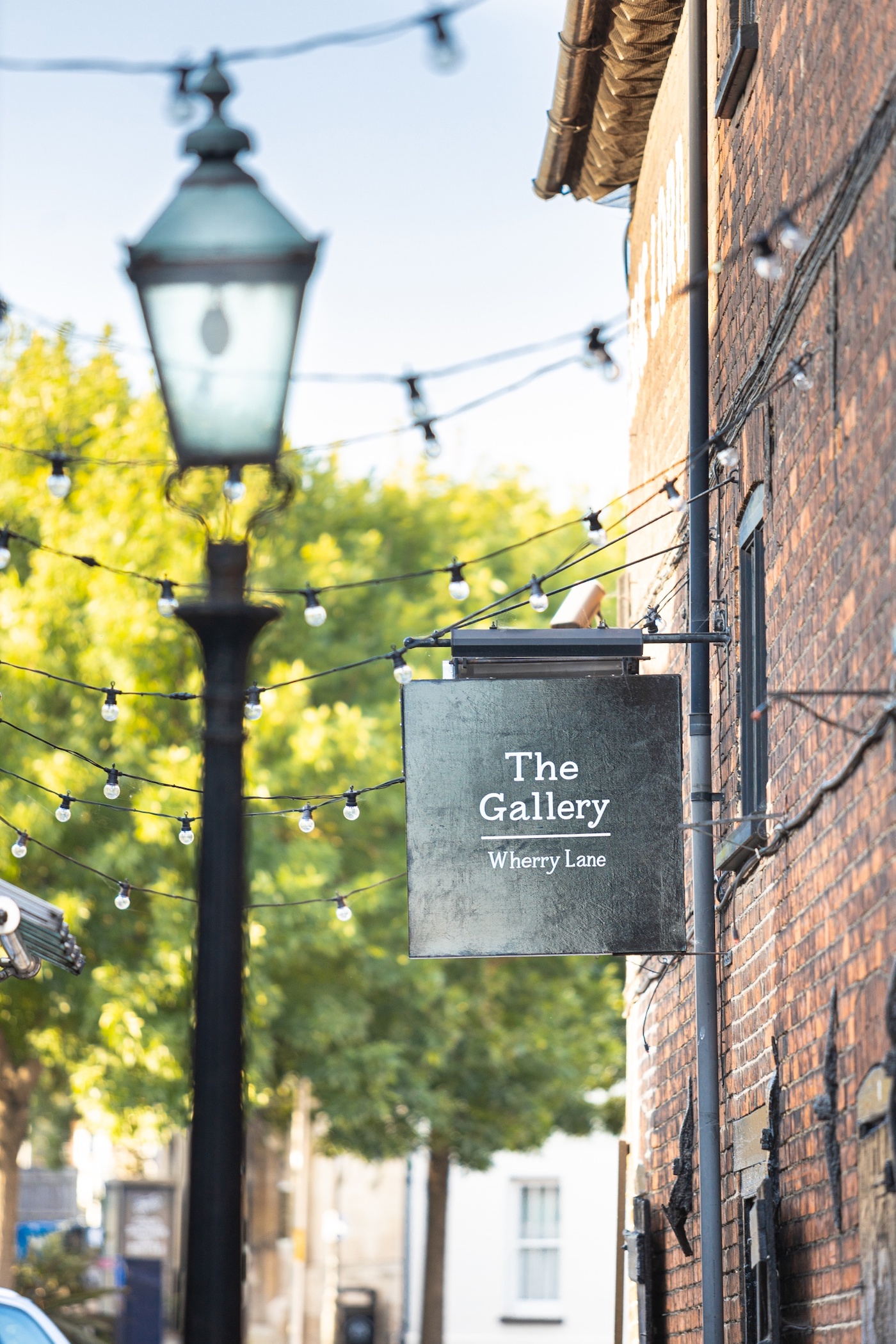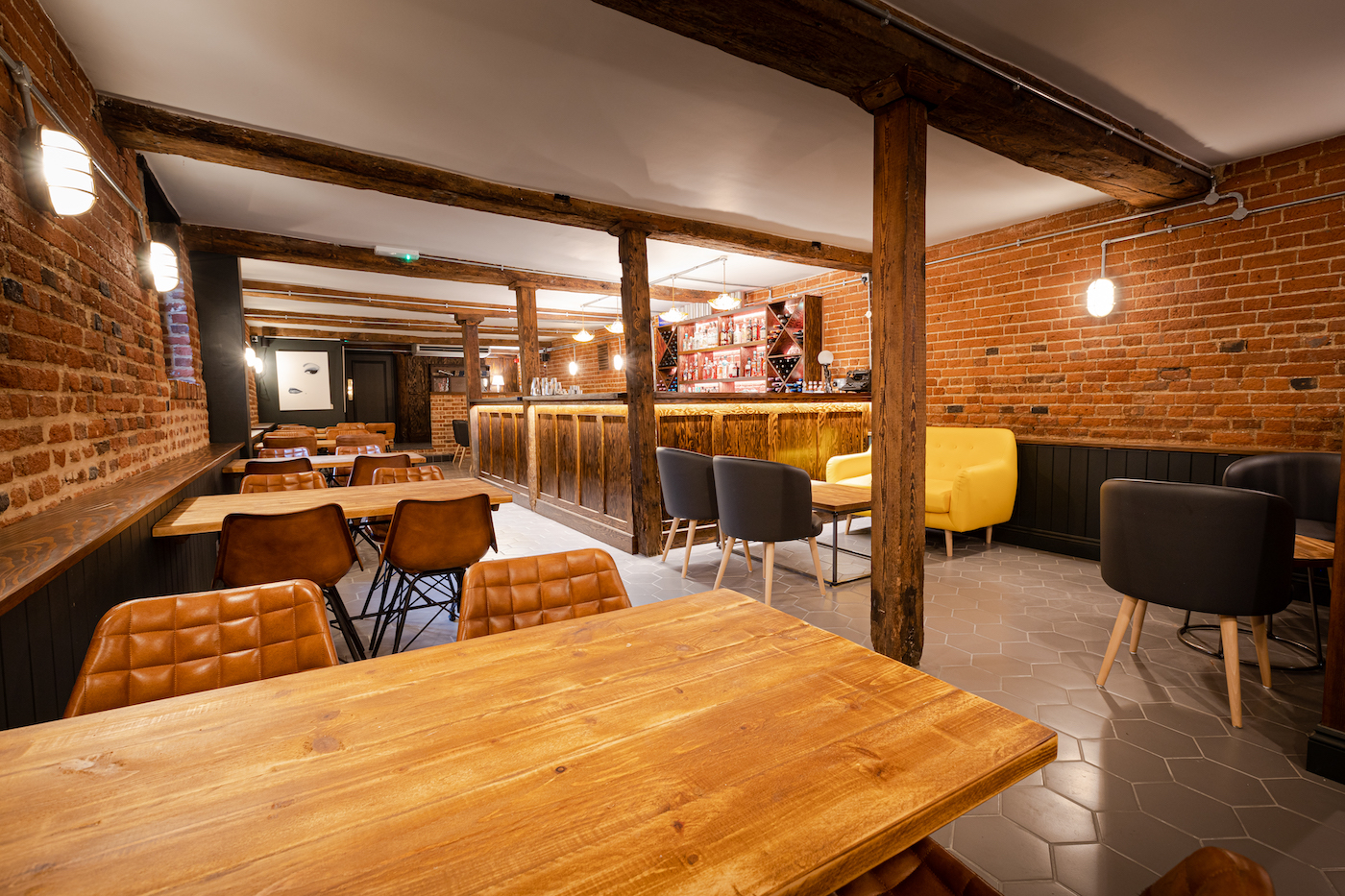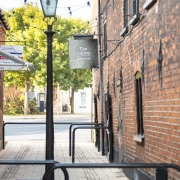Cheers to Old Buildings
Nothing beats curling up with a drink by a crackling fire, in a centuries-old pub oozing with character. In a bid to protect our historic pubs and their interiors, a list of buildings was put forward by the Campaign for Real Ale (CAMRA) Pub Heritage Group last year, as part of an ongoing collaboration with Historic England. Here, we take a look at why old buildings make such great drinking locations.
We’re lucky to have hundreds of history-rich pubs in this country, but according to research from CAMRA, around 18 pubs close every week. And in 2018, the Office of National Statistics said that more than 25% of pubs had closed since 2001. These closures impact the economy, historic environment and the vibrancy of local communities. When pubs close, historic features are often lost during demolition or renovation.
A considered approach
At NJ Architects, we believe that older buildings should be treated with care and brought back to life where possible. In towns and cities across the UK there are historic buildings that could play an important part in the local pub scene, if they were adapted for modern use.
Over the years we have been commissioned to renovate several older buildings into pubs and bars – most recently The Gallery and The Botanist, both in Ipswich.
The Gallery is a true hidden gem, nestled on Wherry Lane in Ipswich. The building itself is Grade II listed but the surrounding complex is even older, with some of the earliest sections constructed between 1430 and 1550.

Steeped in history
The Isaac Lord Merchant Quarter has a long industrial past, used for storing and trading coal and corn. Isaac Lord, a businessman, purchased the Isaacs on the Quay buildings around 1900 and they continued to be used for industry until the 1980s. During the Second World War, the complex was bombed and The Foreman’s Cottage was destroyed, but the area has since been fully restored and is a popular place for drinking and dining.
We were tasked with transforming part of this Grade II listed building from a former art gallery into a contemporary bar.
This three-year project took many twists and turns as we navigated how to make best use of the space.
A balancing act
Designing the interior of a historic building needs careful balance and a delicate hand, to pay homage to history whilst planning the reinvention in a practical way. NJ Architects Partner Shaun Soanes explains: “Listed buildings have real soul so we must plan the space carefully to retain and preserve historical features whilst bringing the space into the modern world. During a project like this we keep the history of the site in mind, often using it as inspiration. That’s why, in renovated pubs you might see décor, or architectural features that nod to the building’s previous use. Of course, safety is a key priority so we ensure that the structure and foundations of the building are solid, and that any historical features are in good condition.”
Historic features
For example, when we were commissioned to design The Gallery, we knew there would be original features that needed to stay in place, like the heavy exposed timber beams. Similarly on another project – The Botanist pub at No.1 Cornhill – we were keen to retain original carved stonework and remodel eroded parts of existing sculptures.
This grand Grade II listed former Post Office building was originally built in 1881 by London architect John Johnson. Now the space has a new life as a popular bar and restaurant in the heart of the city.
 Preserving an existing building can be immensely challenging and older buildings often require significant investment to bring them back to life. However, by creating new spaces within historical buildings we safeguard what has come before, whilst creating modern spaces (like pubs) that the local community can enjoy for years to come.
Preserving an existing building can be immensely challenging and older buildings often require significant investment to bring them back to life. However, by creating new spaces within historical buildings we safeguard what has come before, whilst creating modern spaces (like pubs) that the local community can enjoy for years to come.





